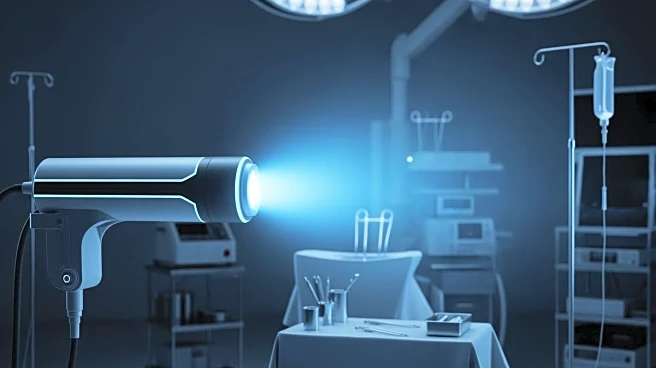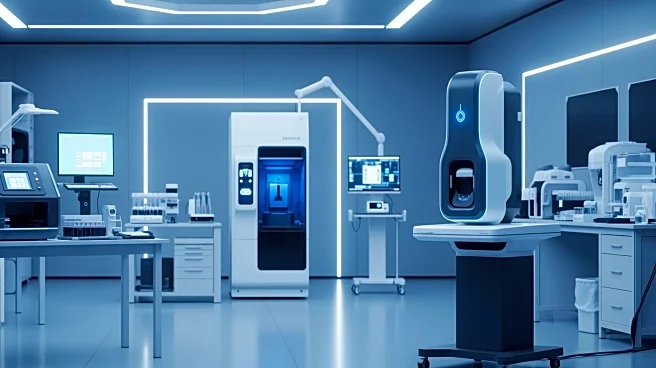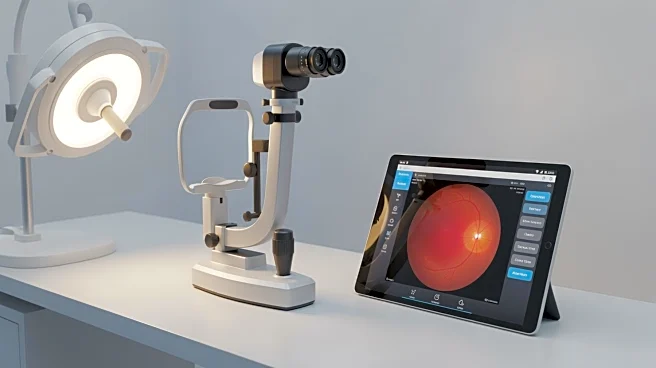What's Happening?
Fluorescence-based medical imaging is gaining attention as a safe and tunable alternative to traditional imaging modalities. This technique uses fluorescent probes to aid in diagnosis and guide surgery, offering potential benefits across various medical fields.
Despite its promise, clinical adoption is limited due to challenges such as photobleaching, low signal-to-noise ratios, and the need for specialized imaging devices and software. The field is actively researching improvements in probe design and application to overcome these limitations and facilitate widespread use.
Why It's Important?
Fluorescence-based imaging offers a non-invasive and precise method for visualizing biological processes, which can enhance diagnostic accuracy and surgical precision. By improving the technology and addressing current limitations, researchers aim to expand its clinical applications, potentially transforming medical imaging practices. The development of new fluorescent probes and imaging technologies could lead to more effective and accessible diagnostic tools, benefiting patients and healthcare providers.
What's Next?
Ongoing research focuses on designing new fluorescent probes and testing their efficacy in preclinical and clinical settings. As advancements are made, the technology may see increased adoption in medical practice, particularly in areas requiring high precision and detail. Collaboration between researchers, clinicians, and technology developers will be crucial in overcoming current challenges and realizing the full potential of fluorescence-based imaging.
Beyond the Headlines
The integration of fluorescence-based imaging into clinical practice represents a shift towards more personalized and precise medical care. By enhancing visualization capabilities, this technology can improve patient outcomes and streamline diagnostic and surgical procedures.













